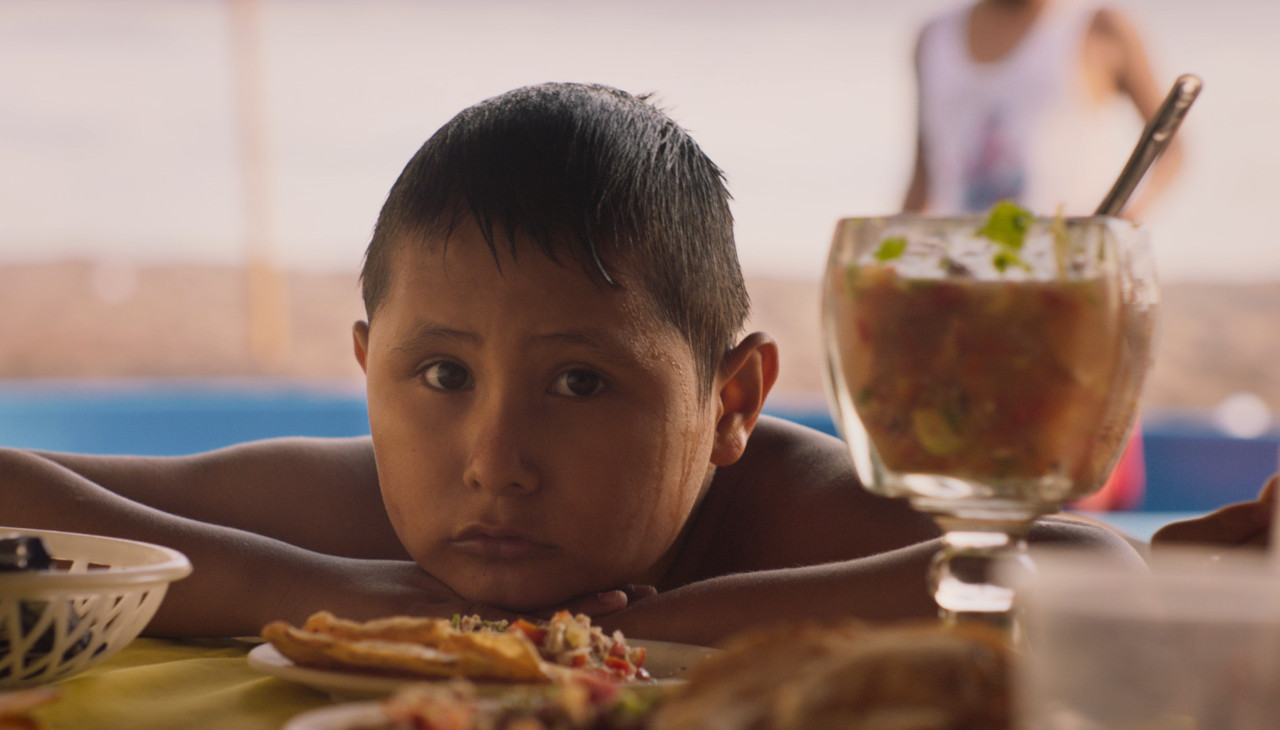
A life with no way out
At 19, Sansón was sentenced to life in prison. A documentary tells what happened next.
Anyone who knows his story would say he has misfortune in his DNA, but he is above all a survivor. Sansón Noé Andrade was born in Tecomán, an area of Central-Western Mexico, fertile not only for agriculture, but also for misery and organized crime.
In this town, one of the deadliest in the world, Sansón grew up in a family of fishermen. When he was a boy, along with his mother and two sisters, he mourned the death of his father — a womanizer who evaded his role by finding refuge in alcohol. And that is how his addiction dug his grave and marked the beginning of the debacle of his own offspring.
“I have felt hatred towards him. Because of him, our lives were ruined,” Sansón said.
At the time, no one could have warned that the disappearance of that father figure would damage his mother’s health and write another grim chapter in Andrade’s childhood. Orphaned, the children sought shelter with their grandmother, but far from protection they received only mistreatment.
“There is no tenderness in my heart for her,” he wrote in remembering her.
Sansón’s then small body was filled with pain, but also with the courage that led him to flee and take refuge in an orphanage. His days there passed without peace, until an aunt decided to rescue him and cross to California.
“Everything was different: the furniture was nice, everything was tidy. There I swore I would never go back to Mexico,” he recounted.
In the United States, Sansón went from high school to traveling work and soon found love. At 19, sadness was a thing of the past: he had a roof over his head, a job and a life plan with a woman with whom he longed to have children.
But the day of his first child’s first birthday, misfortune delivered the most bitter pill to swallow. He was leaving his home in a car when a minor stopped him and asked him for a ride. Sansón agreed. How could he not? It was his brother-in-law and he had no reason to hesitate. Later, the teenager demanded Sansón to stop, opened the door, got out and fired two shots.
Sansón remembers nothing but the roar of the gunshots and the police siren. The gang fight had blindsided two lives and written Sansón’s life sentence.
Not promised freedom
At his trial, Sansón's interpreter Rodrigo Reyes, a Mexican filmmaker who became interested in the profile of a man who was then an unknown. Deprived of his freedom in Pelican Bay prison, where he is being held, Reyes resorted to the exchange of letters and weaved, with manuscripts sent over 10 years, the threads of the story he tells in Sansón y yo, a film in which Toñito (Sansón’s nephew) plays the character in his childhood and Gerardo Reyes (a professional actor) plays him as an adult.
RELATED CONTENT
Moved by the need to hear the voice of those touched by systematic violence, Reyes gained Sansón’s trust on the basis that the production could not promise him freedom.
“It’s not enough to be interested in telling someone else’s experience; you also must build that relationship. The situation in which he finds himself is very hard, he is behind a wall of many layers, not only physical but also psychological. It is an excessive sentence and so he tries to go through all that and take care of his family, his history and his integrity,” the filmmaker told AL DÍA.
Digging through the pain
Reconstructing the memory involved traveling to Tecomán and reuniting with a family that never visited Sansón in prison.
“Remembering is a complicated thing, especially when it comes to traumatic moments, but the family needs to hear his story, to learn from what Sansón has lived through, and he wants to share that with them and not just perpetuate the silence,” said the filmmaker.
Reyes said that “it has been interesting to present the film to them, the reaction was: ‘My brother, my uncle, has told his truth, he has expressed his spirit, that has to force us to question how we live and what we want in the future.’ It’s a dialogue that is not taking place in the best conditions because they can’t visit Sansón, but he is there making himself present.”
From Sansón, to Sansón
In 2022, Sansón y yo premiered at Tribeca and went on to win Best Film at the Sheffield Doc/Fest in the UK.
While U.S. audiences have been able to see the film in theaters since March 3, Sansón must wait until September, when the public broadcaster will air the film on TV.
“We are trying to do justice in society, but we don’t let a kid see his own story. How can it hurt society for him to see the result of his collaboration? I think that alone can help him rehabilitate himself. Often, in the United States we want to punish, and we don’t measure the consequences”, the filmmaker recalled.
In his reflection, Reyes expressed that “one of those consequences is to isolate Sansón from something as beautiful as a movie. In this sense, I think the issue confronts us because it is not fair to give him such a brutal sentence, when other people who murder multiple victims receive the same sentence. For example, the killer of the Florida school children or Chapo Guzmán, who received the same sentence. That calls the system into question.”











LEAVE A COMMENT: